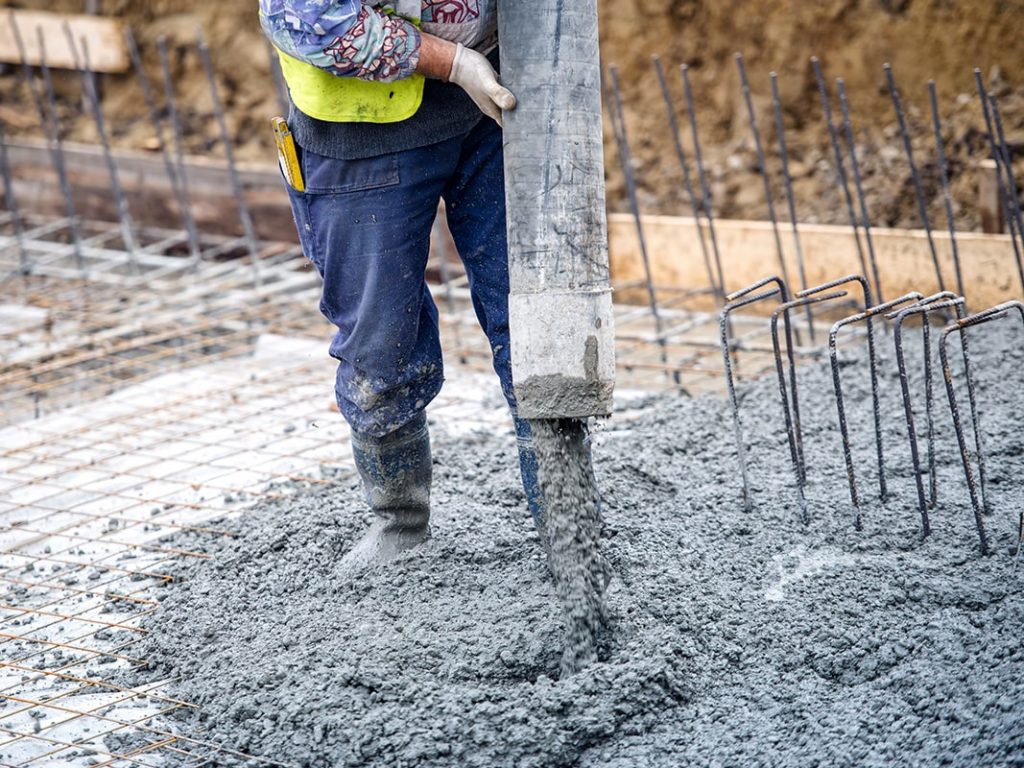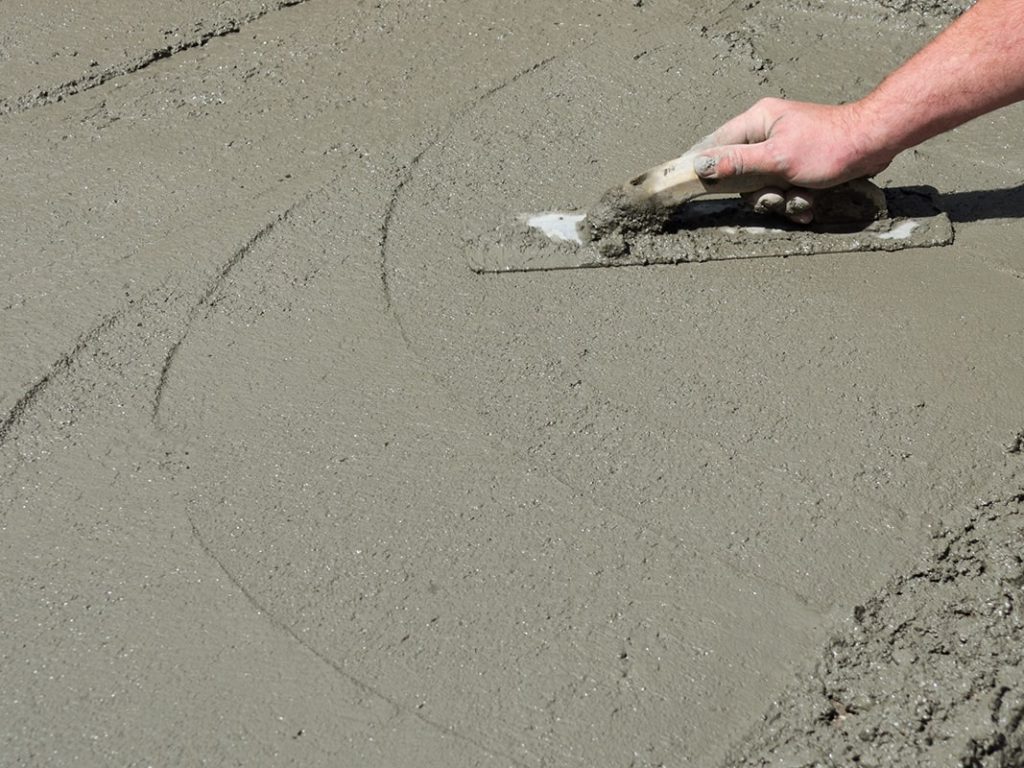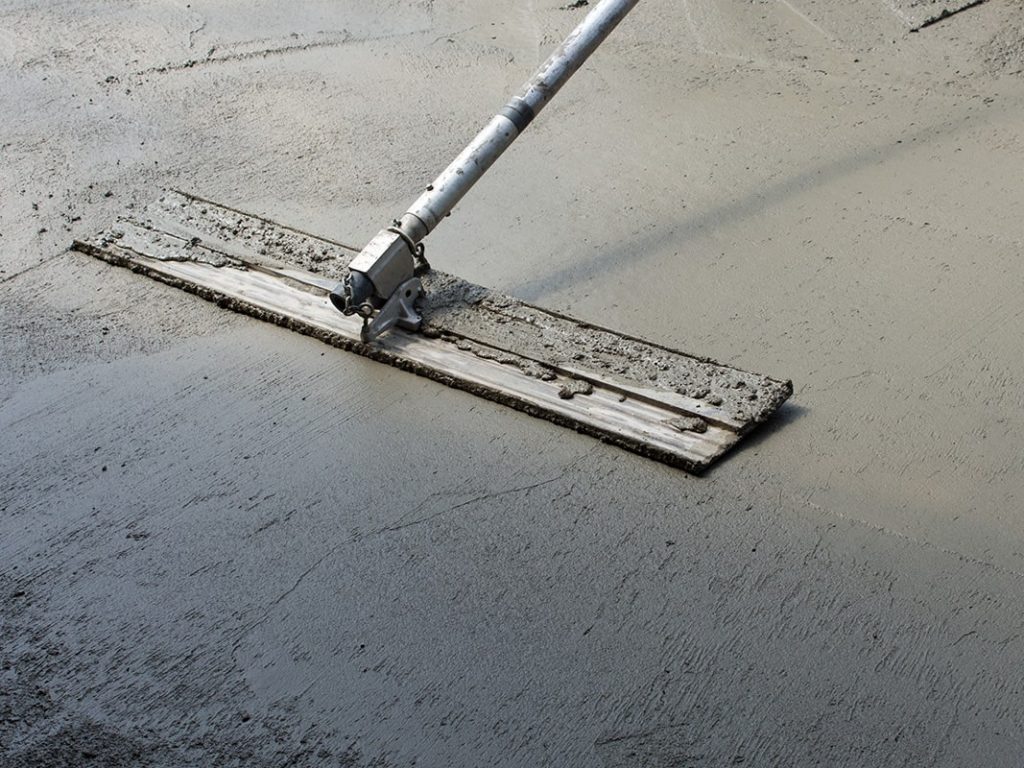5 Facts About Cement and Concrete You Might Not Know
One of the most common misconceptions many people make about cement and concrete is that they are one and the same. But are these terms really interchangeable or are they totally different? Check out these fascinating facts about cement and concrete below.

1. Cement is not the same as concrete
The product we know as cement, simply put, is a type of material used to “glue” together sand and gravel when mixed with water. The resulting product is simply concrete. Now, to answer the question of whether you can use the two terms interchangeably. The answer is no, they are not the same and cannot be used interchangeably. Cement is the main ingredient of concrete, along with a few other materials.
2. Cement is made up of different compounds
Cement is a mixture of different sedimentary rocks and compounds, including limestone, shale, sandstone, and some iron ore. These rocks are quarried before they are transported to a processing plant.
Next, the rocks are heated in a long rotating kiln and processed under temperatures that can reach as much as 1600 degrees Celsius. Heating limestone, shale, sandstone, and iron ore form tiny lumps, and these lumps of rocks are now called “clinkers.”
These lumps are then ground into very fine and light powder before gypsum (a very effective retarder) is finally added into the mix. Once this process is done, the final product is transferred to warehouses and hardware stores.

3. Water is essential
The finely ground cement powder can now be mixed with clean water to produce concrete, a thick yet workable paste-like substance. Water is not just used to turn cement into a paste. This substance also plays a crucial role in hardening the whole mixture.
4. There are different types of cement in the market
You’ll find many kinds of cement products available for Australian consumers, but we are only going to discuss the products that are widely available in the market and frequently used by different sectors.
General Purpose Cement is the most widely available kind of cement in the country. It is commonly used to build houses, shops, office buildings, and more.
Blended Cement is another kind of cement that is often used for residential and commercial projects. But workers using this product must ensure that it is properly cured first for it to gain maximum resistance to cracking over time.
High Early-Strength Cement is commonly utilised in projects where maximum durability is required even at the onset. These include grouting, pipes, and poles. This is ideal for areas that have extremely low temperatures.
What makes “Low Heat” Cement different from others is the fact that it does not require a lot of liquid for the hydration process and its overall durability grows as it hardens and cures.

5. Making concrete is very simple
But our favourite binder’s journey is far from over after it has left the warehouse or the hardware store. To form a concrete slab or a wall or a driveway, you need these:
- Sacks of cement
- A bucket or two of water
- Some bags of gravel
- A few bags of sand
You’re probably wondering about the purpose of each component, as well as the correct ratio for each ingredient to ensure a durable, more crack-resistant slab or wall.
We already said that cement is the most basic component to produce concrete slabs and more, while water glues the finely ground powder together and helps thicken and harden the whole mix.
Aggregates (such as ordinary sand and crushed gravel) serve as fillers and add bulk to them. However, apart from acting as filler, ordinary sand and crushed gravel also makes the entire area tougher and reduces the likelihood of cracking.
To produce concrete, all you have to do is blend one part of your chosen brand of cement with three parts of crushed gravel. Add two parts of ordinary sand before adding enough water that turns it into a workable paste. Do not put too much water to prevent it from becoming a slurry.
